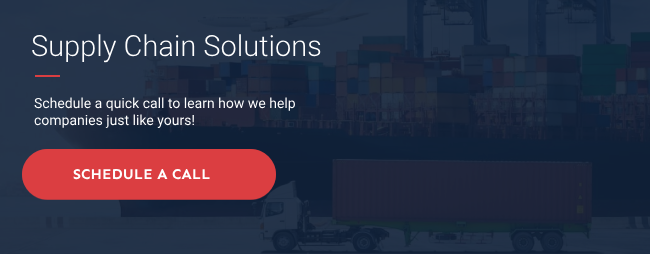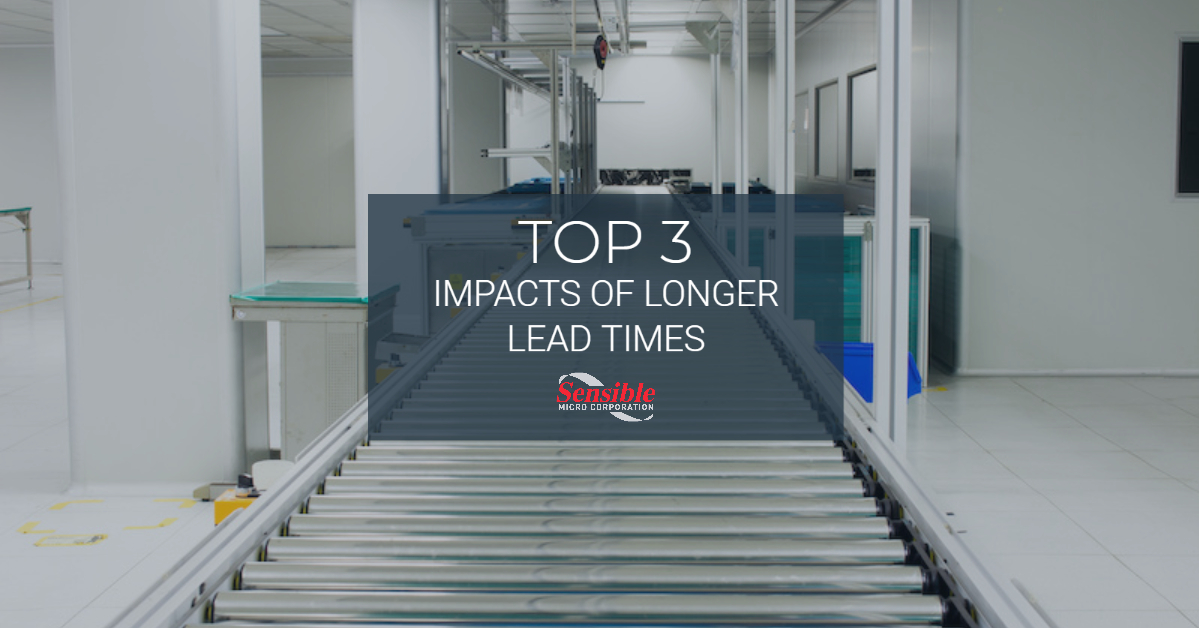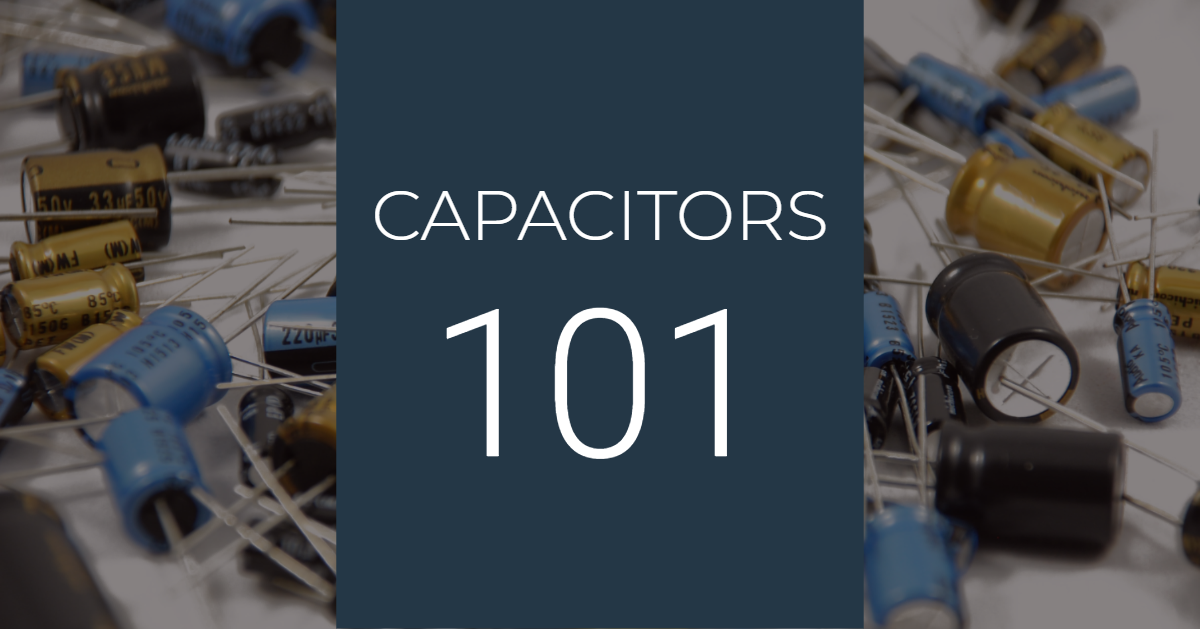Supply chain disruptions are nothing new, but the stakes get higher in an unstable geopolitical environment. Sweeping impacts from shifts in international trade policies, import tariffs, and wars (or the looming threat of wars) across Europe, the Middle East, and Asia have shaped 2025 into another year where Original Equipment Manufacturers (OEMs) will need to strengthen their supply chain resilience.
Procurement and supply chain leaders are used to reacting to crises. The best way to keep supply chains moving is with systems and partnerships that make it easier to adapt quickly. Flexible sourcing with redundant or alternative options helps to keep risk low so deliveries remain reliable even in a constantly changing environment.
Below, we'll look at the clearest risks ahead and practical strategies for mitigating them, including how Sensible Micro helps OEMs build supply chains that weather every storm.
The Landscape of Supply Chain Disruptions in 2025
Global supply chains are under sustained pressure from multiple directions. According to Deloitte’s 2025 Manufacturing Industry Outlook, geopolitical uncertainty, evolving trade policies, and shifting tariffs will continue to test supply chain strategies throughout the year.
These disruptions are not theoretical…they’ve already begun:
- Tariffs: The whiplash of tariffs and trade barriers remains a challenge. For example, the U.S. has signaled new tariff rounds, but repeatedly delayed or altered them at the last minute, while other nations continue to adjust their own trade policies in response. This has created unpredictability in sourcing costs and routes.
- Geopolitical Tensions: Ongoing conflicts and strained diplomatic relationships — the Russia-Ukraine war, the chaos in Gaza, Israel, and Iran, and even to tensions between China and Taiwan — threaten supply continuity, especially for critical components like semiconductors.
- Transportation Volatility: Attacks on shipping routes, like those in the Red Sea, and shifting Panama Canal transit restrictions from drought are real risks that can double shipping costs or extend lead times unexpectedly.
- Elections and Policy Shifts: Many major global elections have taken place in 2024-2025. New administrations often alter industrial policies, trade incentives, and tariffs, which injects further uncertainty into planning.
As Brian Wenck of Flat World Global Solutions put it in an interview on tariff impacts, “Tariff activity impacts forecast accuracy, leading companies to pause or cancel orders and beg or plead with vendors.” This underscores a broader truth: accurate forecasting and flexible planning are the foundation of modern supply chain resilience.
Building Supply Chain Resilience: Core Strategies
So, how can OEMs position themselves to handle supply chain disruptions effectively throughout 2025 and beyond? Here are five practical strategies companies are already adopting:
1. Diversify Your Sourcing and Supplier Base
You need to reduce reliance on single suppliers or single regions to truly reduce risk. OEMs are acting now to:
- Begin nearshoring and friendshoring, an approach that mitigates geopolitical risk and shortens transit times.
- Leverage independent distributors and secondary markets to access untapped inventories and surplus stock when traditional channels face shortages.
- Evaluate alternate suppliers in politically stable regions.
Diversification isn’t always a defensive move… It can also be a proactive one to improve lead times and future-proof against unforeseen risks in your sourcing strategy.
2. Invest in Data and Visibility
Visibility remains a major challenge in risk management in supply chain strategies. It takes clear, real-time data on inventory levels, production schedules, supplier performance, and more to pivot quickly when disruption hits. OEMs are increasingly turning to:
- Real-time inventory management systems.
- Cloud-based supplier collaboration platforms.
- Advanced demand forecasting tools that use AI and machine learning to adjust projections dynamically.
As Deloitte notes, manufacturers are now prioritizing digital investments to enable more sophisticated scenario planning and simulation capabilities. It’s a critical step for navigating future shocks.
3. Strengthen Supplier Relationships and Communication
Supplier relationships matter more in times of crisis. When shortages hit, partners prioritize those who have built trust and collaboration. Best practices include:
- Joint planning and forecasting with suppliers to align production schedules.
- Transparent communication about demand shifts or constraints.
- Establishing supplier portals or EDI systems to automate and improve data sharing.
Strong relationships can mean earlier warnings about production issues and priority access to limited stock.
4. Scenario Planning and Risk Mapping
Leading OEMs are proactively mapping potential supply chain disruptions and developing contingency plans. To get started, you can:
- Model the impact of tariffs on key components.
- Assess how border closures or port strikes could disrupt flows.
- Prepare alternate shipping routes or warehouse locations.
- Hold strategic buffer stock in low-risk regions.
Scenario planning turns supply chain disruptions from surprises into managed risks.
5. Emphasize Sustainable, Resilient Infrastructure
Climate-related risks (flash floods like those recently in Texas, forest fires like the ones plaguing the West Coast) are becoming more frequent and sometimes disrupting even domestic supply chains. To build resilience, OEMs can:
- Invest in flood-resistant, diversified storage locations.
- Use predictive analytics to forecast weather-related disruptions.
- Incorporate sustainability into supplier selection and logistics routing.
Avoiding disruptions is key, but these strategies run deeper. The options above also support regulatory compliance and meet customer expectations for sustainable practices.
Build a Resilient Supply Chain With Sensible Micro
We understand all these challenges firsthand. It’s what we do. OEMs work with Sensible Micro to tackle urgent supply chain disruptions through a combination of strategic sourcing, inventory management, and risk mitigation solutions.
- Our hybrid distribution model combines authorized distribution with access to secondary markets. We help OEMs diversify sourcing and reduce lead times even when primary channels are constrained. This approach makes sure production doesn’t grind to a halt as you navigate geopolitical disruptions and tariff changes.
- We also support obsolescence management with proactive lifecycle planning. Our team identifies at-risk components early and secures inventory ahead of supplier EOL notices. You, as our partner, then avoid costly last-minute redesigns or production stoppages.
- With custom inventory management solutions, we also help OEMs hold buffer stock or build tailored storage strategies that ensure components are available when disruptions hit.
Manufacturers can use these services and more to create custom, efficient, resilient sourcing strategies that are simultaneously cost-effective and robust enough to handle evolving risks.
Stay Ahead of Disruptions This Year and Beyond
Supply chain disruptions will continue to evolve. That’s a given. Political instability and extreme weather events are constant, unpredictable risks. However, these disruptions don’t have to derail your production schedule or undermine your customer commitments.
Invest now in diversified sourcing, advanced data visibility, strong supplier relationships, scenario planning, and strategic inventory management. Forward-thinking OEMs can use these advantages to transform supply chain disruptions from existential threats into manageable challenges.
Sensible Micro will make sure you’re not merely reacting to the next crisis. With us by your side, you're planning for it, building resilience at every link in your supply chain.


















